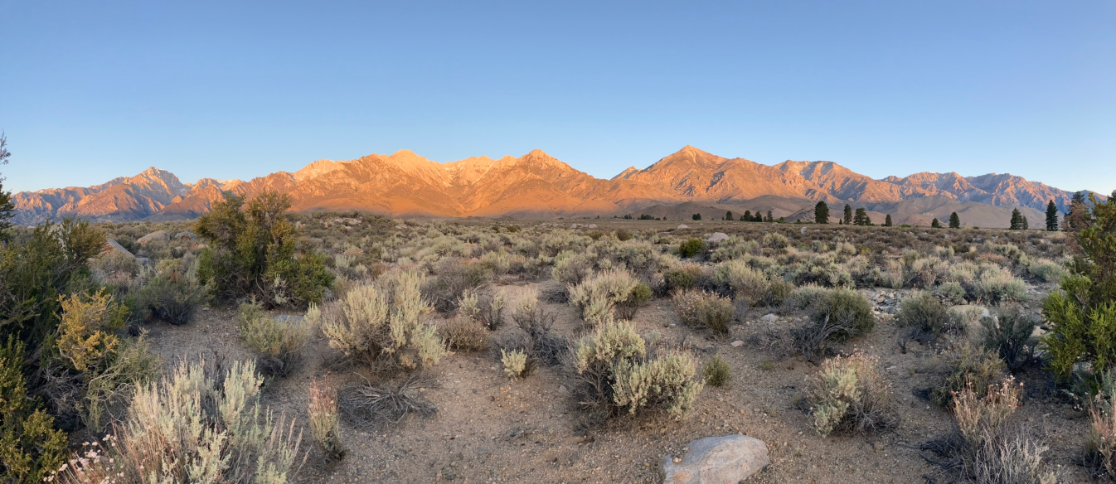In Search of the Elusive Desert Thrashers
/The Desert Thrasher Survey season began this year at the end of March and just wrapped up a few weeks ago in mid-June. Nevada’s team is part of a larger network of governmental agencies, non-profits, and volunteers (The Desert Thrasher Working Group, DTWG). The DTWG is dedicated to improving our understanding of these enigmatic Thrashers, and recently has developed a standardized survey protocol for these birds. After much deliberation the DTWG decided on an area search survey approach, creating survey plots 300x300m to be surveyed within 40 minutes. This protocol was based off of surveys conducted by Point Blue Conservation Science. By conducting practice surveys we believed that at this size within a desert landscape the surveyor should be able to detect a thrasher on the plot and survey multiple plots in one morning/field day. To allow for variation in detection as well as arrival times for Bendire’s thrashers (Le Conte’s thrashers are a non-migratory species) we decided to survey each of our plots three times during the breeding season.
The 2018 surveys spanned the entire known U.S. range of the LeConte’s and Bendire’s thrashers. Surveys were conducted in Arizona, California, Nevada, New Mexico, and Utah. Approximately, 450 plots were surveyed across these states.
We are currently in the process of entering all our data from the season, but preliminary numbers suggest that our thrasher counts are higher than last season. We recorded at least 16 observations of Bendire’s thrashers this year, which appears to be double the number we observed in 2017. For LeConte’s thrashers, to date, we have entered 165 records for these birds. However, this represents multiple visits to plots and therefore could be an inflated number of actual territories. We hope to finish up data entry by the end of June, and have more concrete numbers and an analysis of our habitat data by the end of the summer.
- Dawn
In total Nevada surveyed 126 plots:112 which were part of the region-wide survey effort, 12 were exploratory surveys, and 6 plots were revisits to areas where thrashers were found last season. As part of the survey protocol each of the 118 plots (112 region-wide and 6 resurvey plots) plots were surveyed three times throughout the season. Due to time constraints the exploratory plots could only be surveyed two times during the season. Therefore, our total survey effort for the season was 378 surveys.
In addition, to surveying for birds on each plot habitat assessments were also conducted at the plot center. We used a point center quarter method to evaluate the habitat. In addition, we recorded information on fruit-bearing shrubs, Yucca species, ground cover and composition, and measures of disturbance and invasive species.
In 2018, in Nevada, we also began our adopt-a-thrasher program. This program was designed so that volunteers could revisit known Bendire’s Thrasher territories and document presence/absence of this species. We focused specifically on Bendire’s thrashers, because this species has been very difficult to capture on surveys, and multiple questions still remain about the basic life history, phenology, and occurrence of this thrasher.





